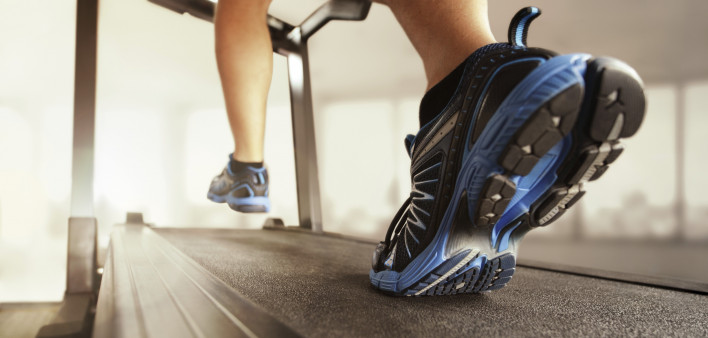If you’re one of the many people living with HIV who experience chronic pain due to peripheral neuropathy, a trial published in the South African Journal of HIV Medicine suggests that trying to do moderate strength training on the muscles of your legs could help you move better and have better balance.
Abdulsalam Yakasai, PhD, of the University of KwaZulu-Natal in South Africa, and colleagues recruited 102 people receiving HIV care who had peripheral neuropathy to participate in a randomized controlled trial of a strength exercise intervention.
The mean age was 36 years, 55% were women and 91% reported being in poor or very poor health. All participants were taking HIV medications. Most participants didn’t develop neuropathy until after starting antiretrovirals, often after a year on the medications. Just 16% had been on HIV treatment for seven years or more, starting when older drugs known to cause peripheral neuropathy were more commonly used. The majority (61%) reported having started HIV medications between four and six years ago.
At study entry, participants were asked to perform common activities like standing from a seated position and walking for six minutes. The researchers then divided the participants into two groups. Participants in one group received the intervention, which included 12 weeks of exercises to strengthen the muscles of the legs and butt—the gluteals, hamstrings, anterior tibiales and calves—using common gym equipment. Over time, trainers increased the intensity of resistance, challenging muscles to do more. The control group wasn’t asked to do anything different. At the end of the trial, researchers asked participants to perform the same tests again.
After six weeks, the people doing strength training exercises experienced a two-point increase in measures for balance and a one-point improvement in measures of gait. By 12 weeks, balance had improved from a score of 10 on the Tinetti Performance-Oriented Mobility Assessment scale to 15, and walking had improved from a median score of 7 to 11. People in the control group, meanwhile, saw nearly no change at 12 weeks, going from 10 to 9 points for balance and maintaining a gait score of 8 the whole time. The differences between the two groups were statistically significant.
The study did not appear to measure the impact of resistance training, or lack of it, on pain itself or the interaction of pain with participants’ ability to complete the exercises.
“This study supports the safety of moderate-intensity [progressive resistance exercise] and the improvement of impaired balance and walking disturbances in people living with HIV-related [peripheral neuropathy],” wrote Yakasai and colleagues. “The use of [progressive resistance exercises] could minimize residual disabilities from HIV-related [peripheral neuropathy].”
Click here to read the full study.
Click here to learn about living with HIV-related chronic pain and to read more news about aging and HIV.







Comments
Comments